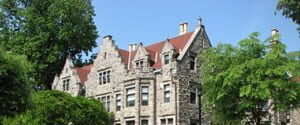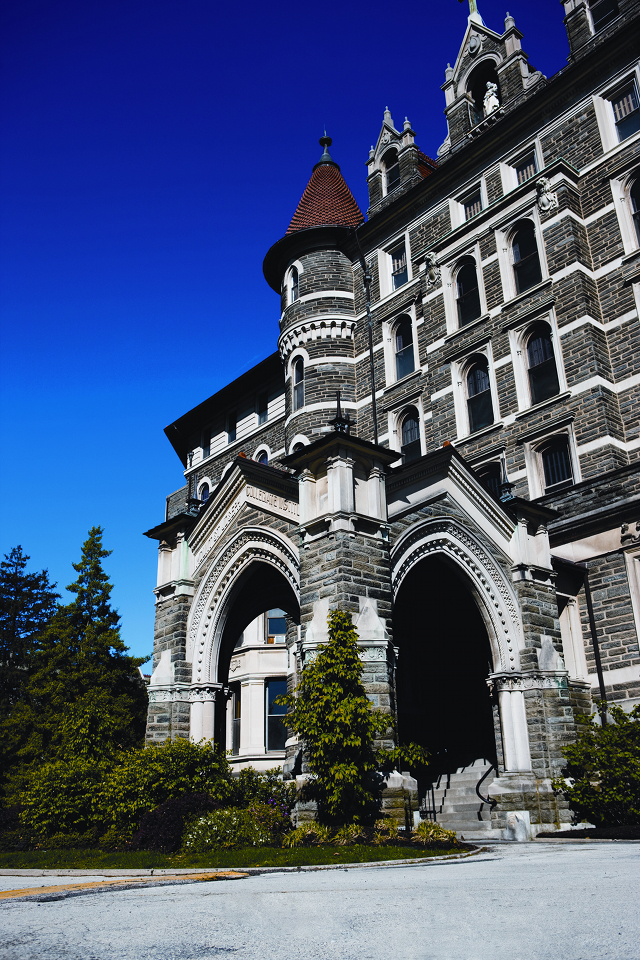Philadelphia Inquirer – March, 2008
“It’s a Great Time to Be Applying to College!” apparently isn’t the kind of headline that captures readers’ attention, although it is true. The annual batch of articles appearing these days in the popular press on the topic of college admissions is much more likely to contain titles such as “Top Colleges Reject 90% of Their Applicants!” For the most part they focus on the staggering numbers of applications some colleges are receiving, the steadily climbing GPAs and standardized test scores of their applicants and the stories of the insane lengths to which students, and often their parents, will go to in order to improve their standings in the pools. The latter may include, for example, paying a consultant as much as it costs to attend an expensive private college for an entire year. The statistics may be accurate as far as they go but they mask some much more important points.
First, the students at Friends’ Central are attending essentially the same colleges as their predecessors did twenty years ago. We still send kids to private universities, private colleges, state universities and a few to art schools and conservatories. In 1987 thirteen students or 21% of the class went on to attend so-called Ivy League colleges. In 2007 seventeen attended Ivies which amounted to 18% of a bigger class. Given the horror stories about how much harder it has become to gain admission to these particular institutions, the numbers are pretty close.
Second, generally speaking, small colleges, because they are specialists, provide the best undergraduate programs. Small colleges are entirely, or almost entirely, undergraduate institutions. Their classes are smaller. Professors tend to know their students and the students tend to be those who have actively chosen a more intimate, personalized style of education. I have been visiting colleges for the past twenty years, wandering around campuses, poking into the corners and talking to students, admission officers and professors. Many colleges and universities have substantially improved their programs and facilities in that time. Almost all of them offer a much wider range of courses, majors, activities and services than they did thirty years ago, when I was in college. In the small college category, in particular, there are more excellent alternatives than ever and many of them are still in the business of admitting students, which is to say that they have moderately competitive pools and can offer spaces to most of their applicants. In 1987 32% of the class at FCS went on to attend small colleges. In 2007 31% did. Here is an area of still untapped potential. I hope to see more of our students choose small colleges in the next two decades.
Third, part of the reason the small college attendance rates have not increased for our group of students has to do with the fact that only 16% of the Class of 1987 attended state universities, but almost 22% of the Class of 2007 did. This strikes me as a general trend and seems to be primarily a function of the escalating costs of higher education and its impact on middle class families. State universities, especially their honors colleges, which compete directly with the private colleges and universities, are a particularly good deal. The fact that honors colleges in some ways attempt to create a small, liberal arts college environment for a select group of students within the large state universities is strong evidence that the small college model works.
There is a lot to be said for being a bigger fish in a smaller pond during one’s college years whether in a small college, an honors college, or some other special program within a larger public or private university. There will be plenty of time to swim in the open ocean in graduate school and in the job market. The numbers of applicants are up but so are the numbers of spaces, programs, scholarships, and opportunities in general for all sorts of students to study and earn an undergraduate degree.

